|
Beta-carotene is a red-orange pigment found in plants and fruits and is responsible for giving that iconic vibrant pigment we see in produce such as carrots and pumpkins. In our bodies beta-carotene can be converted into vitamin A, which is essential in providing numerous health benefits by providing our bodies with the benefits of: Benefits of Beta-carotene1. Vitamin A Formation: Beta-carotene is a precursor to vitamin A. Once ingested, the body can convert it into vitamin A, which is crucial for maintaining healthy vision, skin, immune system, and proper functioning of various organs. 2. Antioxidant Properties: Beta-carotene acts as an antioxidant, helping to protect cells from damage caused by harmful molecules called free radicals. This antioxidant activity is beneficial for reducing the risk of chronic diseases, including certain cancers and heart disease. 3. Eye Health: Vitamin A, derived from beta-carotene, is essential for maintaining good vision, especially in low-light conditions. It also helps prevent conditions like night blindness and age-related macular degeneration. 4. Immune System Support: Vitamin A plays a role in supporting the immune system by helping to maintain the integrity of the skin and mucous membranes, which act as barriers against infections. 5. Skin Health: Beta-carotene contributes to healthy skin by promoting cell turnover and protecting the skin from the damaging effects of UV radiation.
|
Monica AnderssonMonica leads NordicHealth, a naturopathic and remedial massage clinic in Mosman on Sydney’s North Shore. Archives
August 2023
Categories
All
|
Contact Nordichealth to Reach Your Health Goals Naturally
Based in Mosman - Home Visits Available
Phone: 0416 262 114 | Email: monica@nordichealth.com.au
Practice Hours: In clinic - Tuesdays and Thursdays 9 am - 8 pm and Fridays 12 - 5 pm | Home Visits: Mondays
Phone: 0416 262 114 | Email: monica@nordichealth.com.au
Practice Hours: In clinic - Tuesdays and Thursdays 9 am - 8 pm and Fridays 12 - 5 pm | Home Visits: Mondays
HOME | MEET MONICA | NATUROPATHY | MASSAGE SERVICES | TREATMENT FEES | CONTACT | USEFUL LINKS | BLOG
Web Design by SBWD

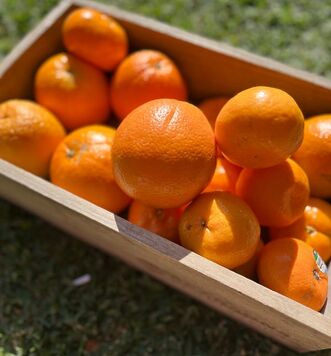
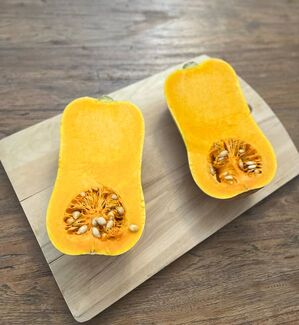
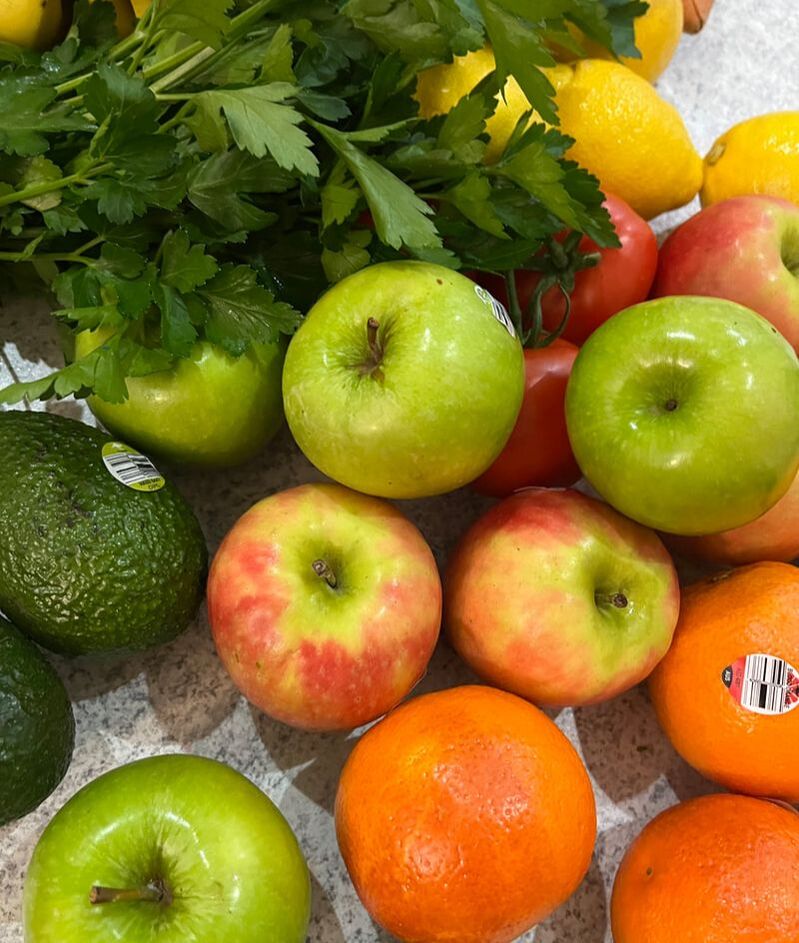
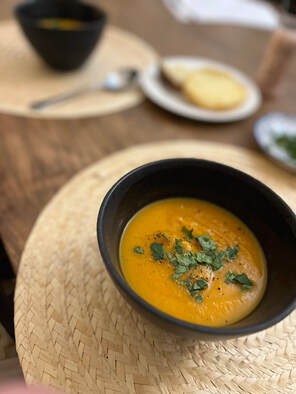
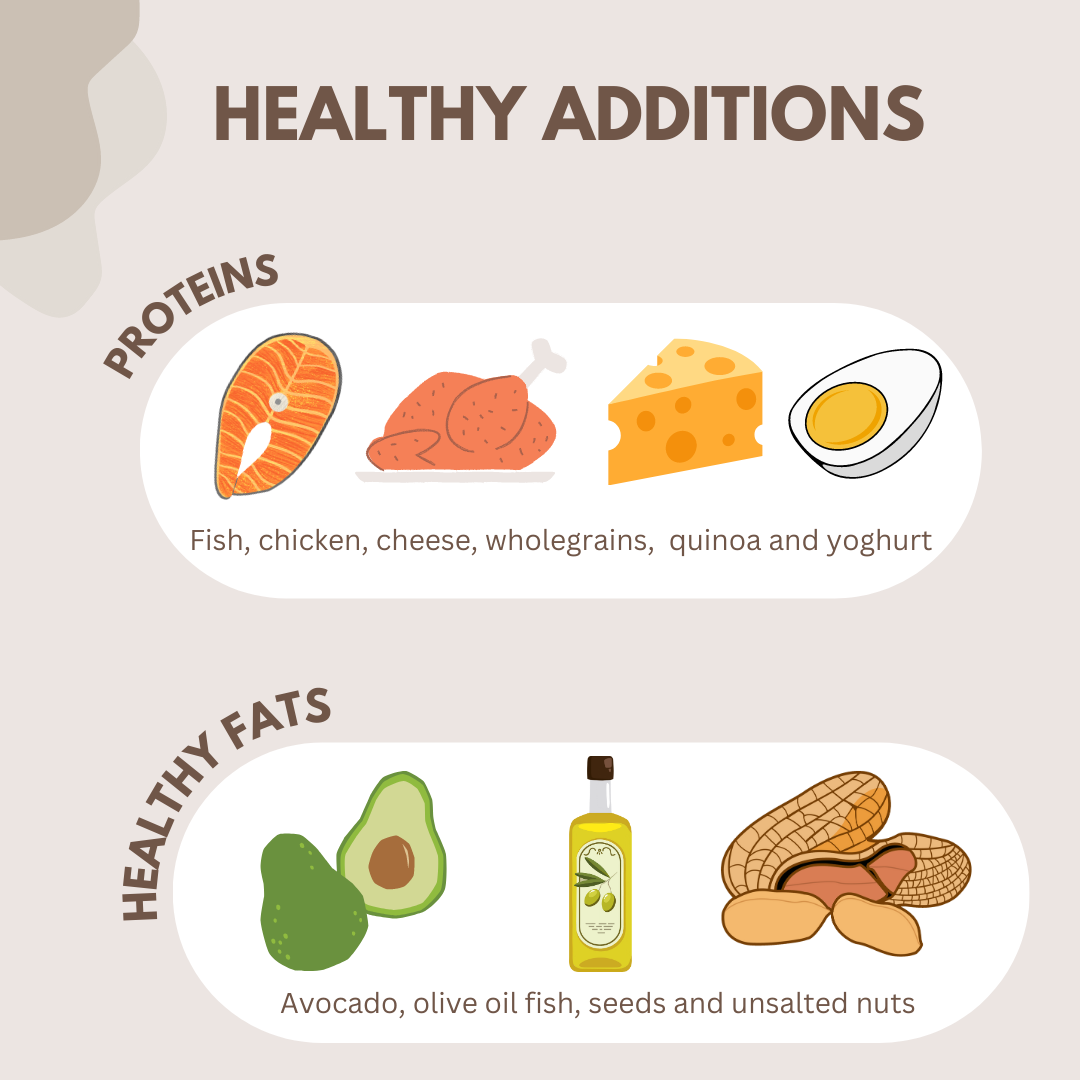
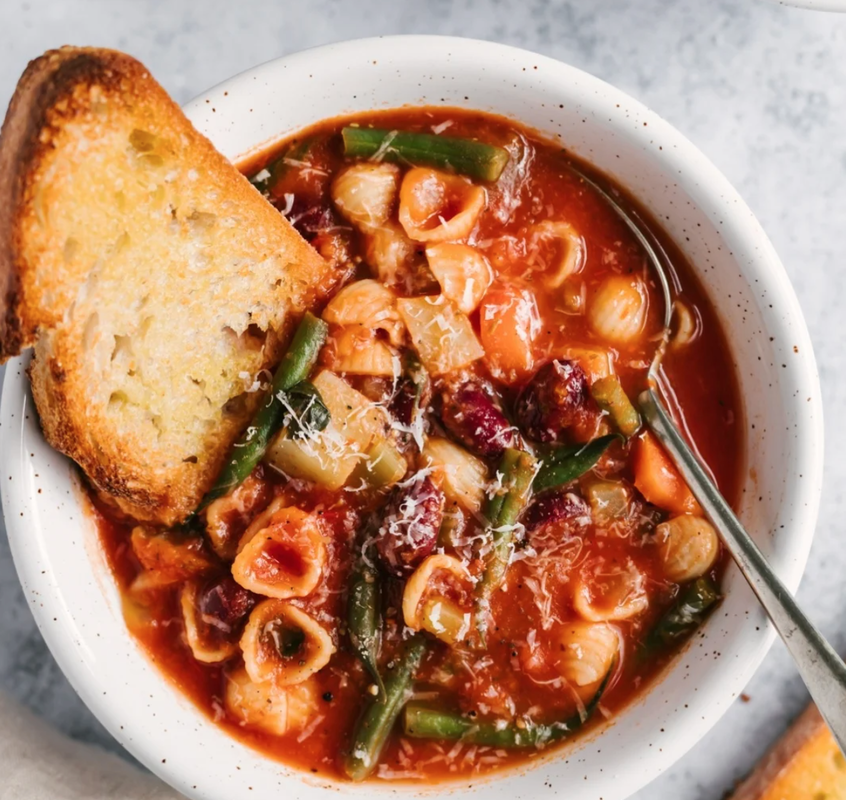
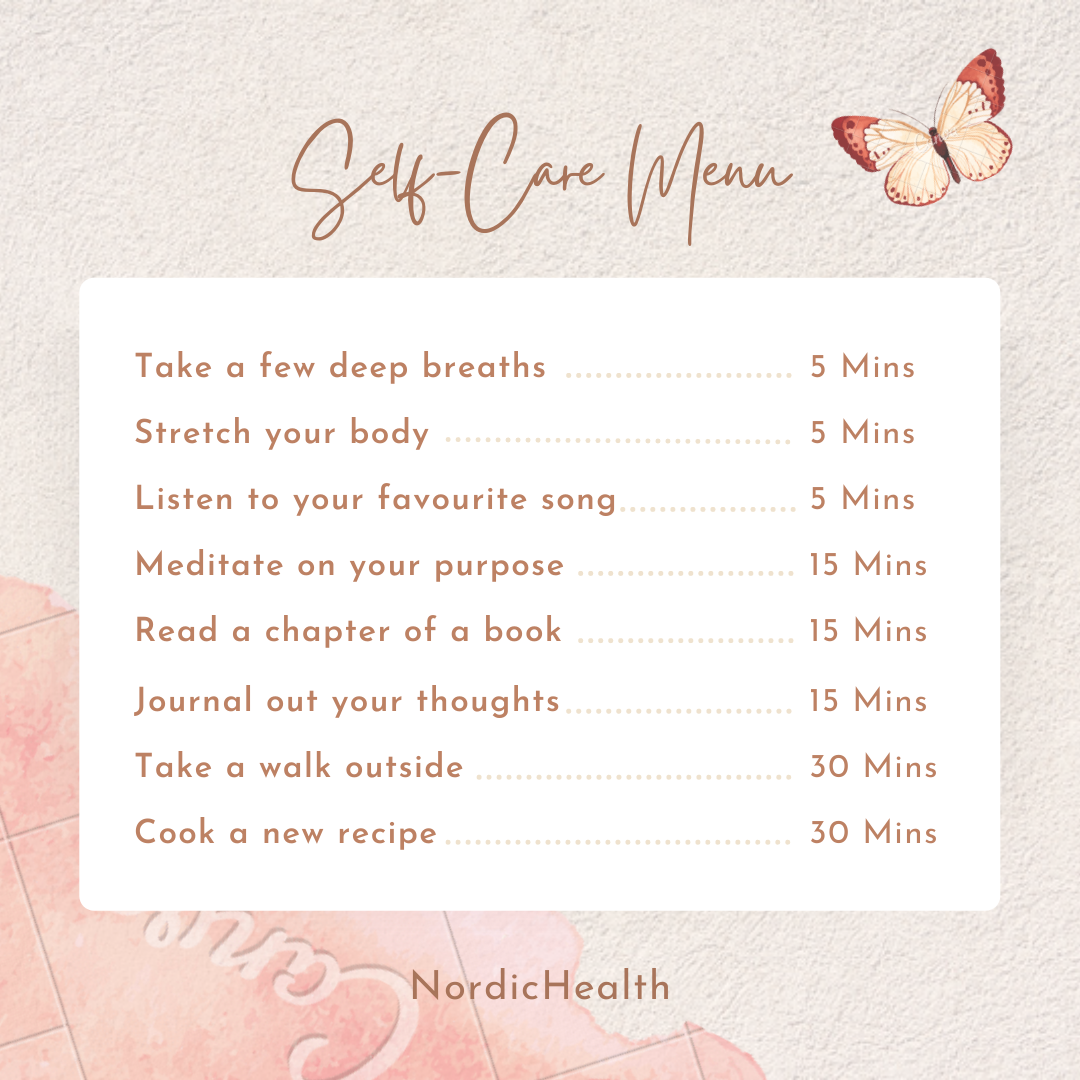
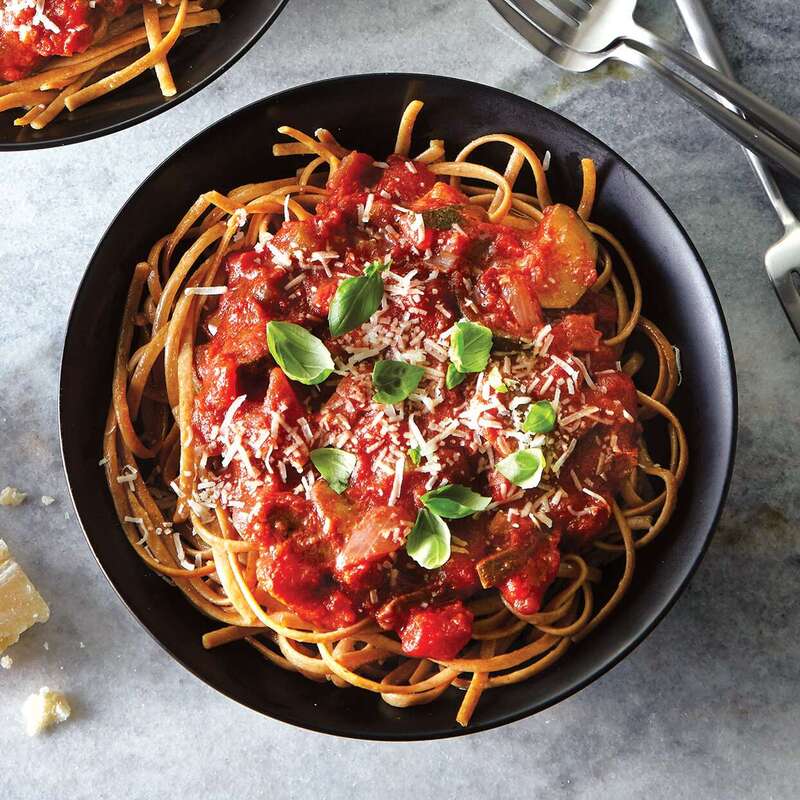
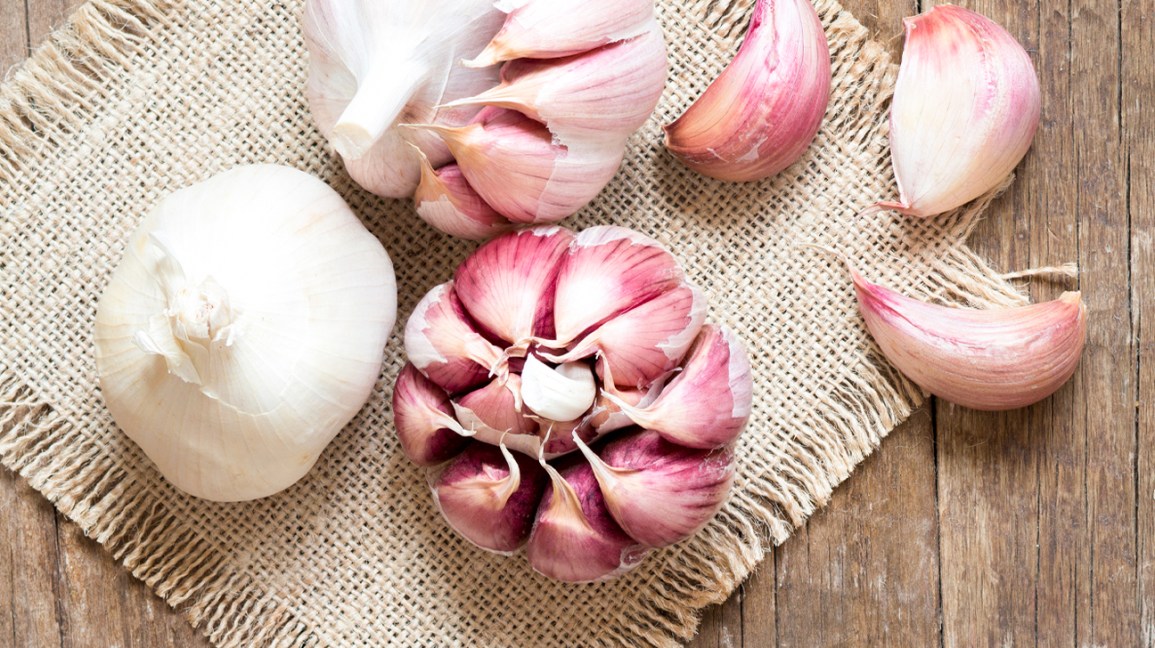
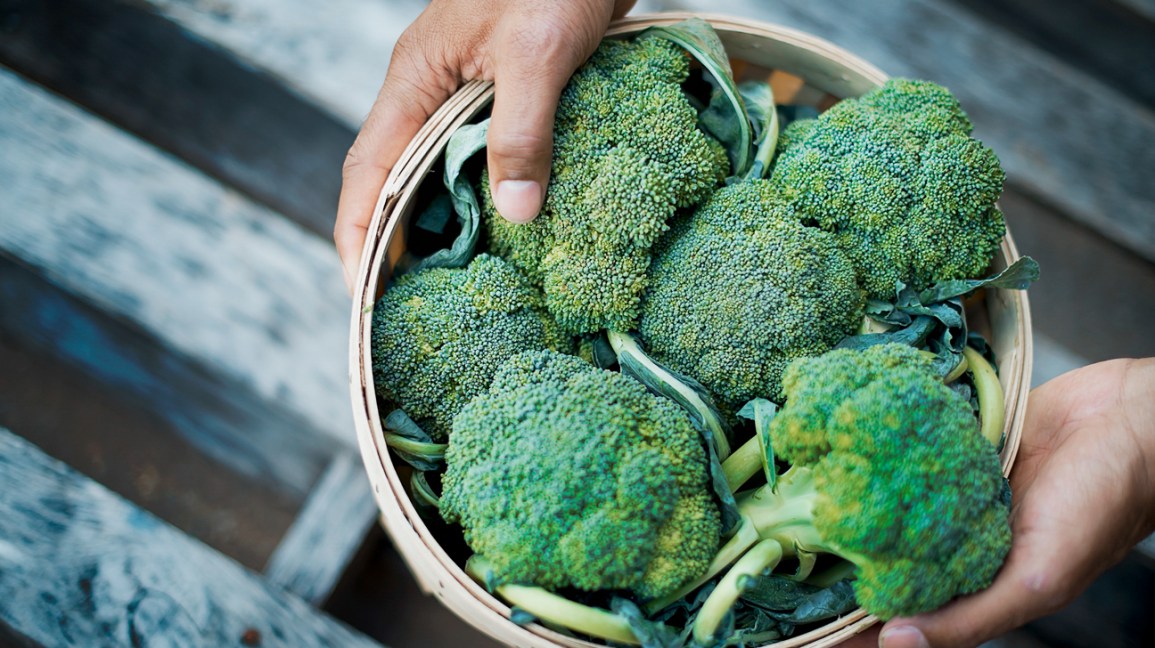
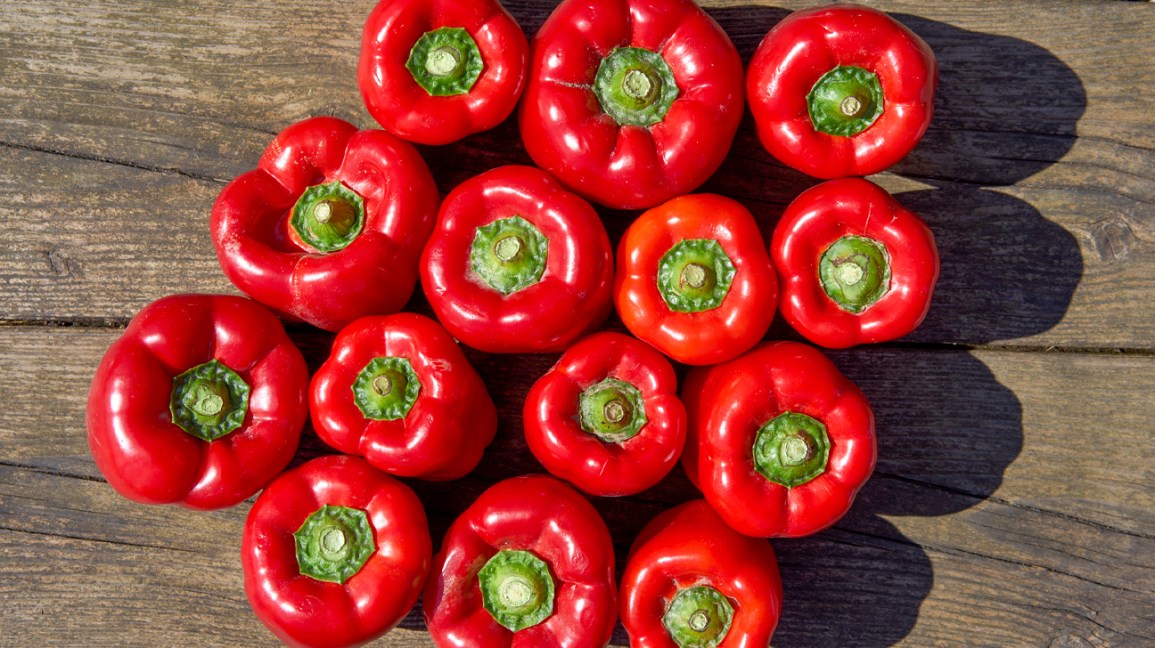
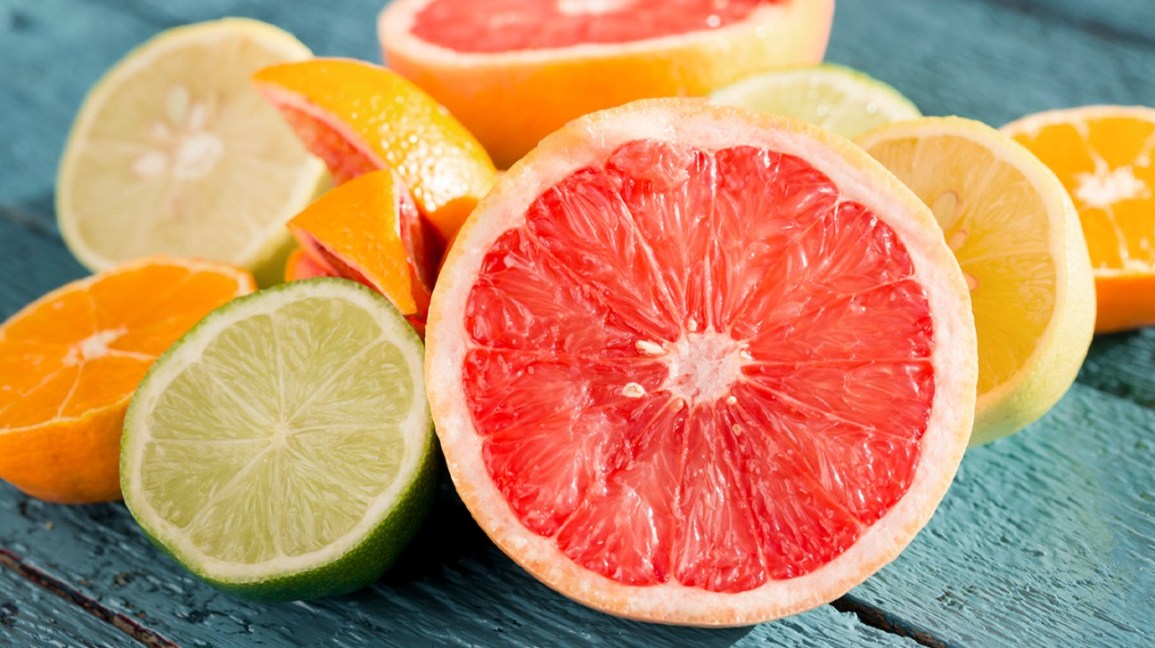

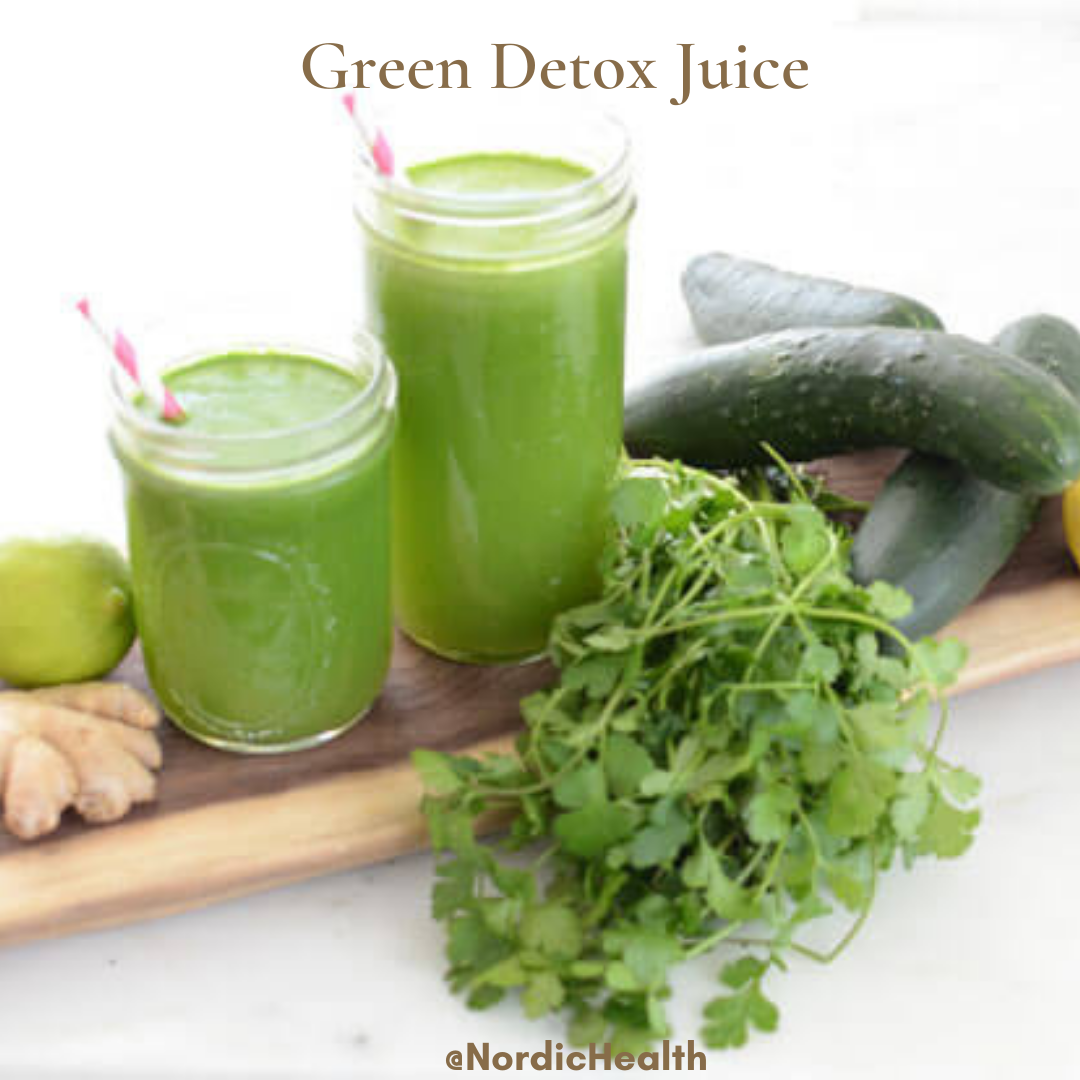
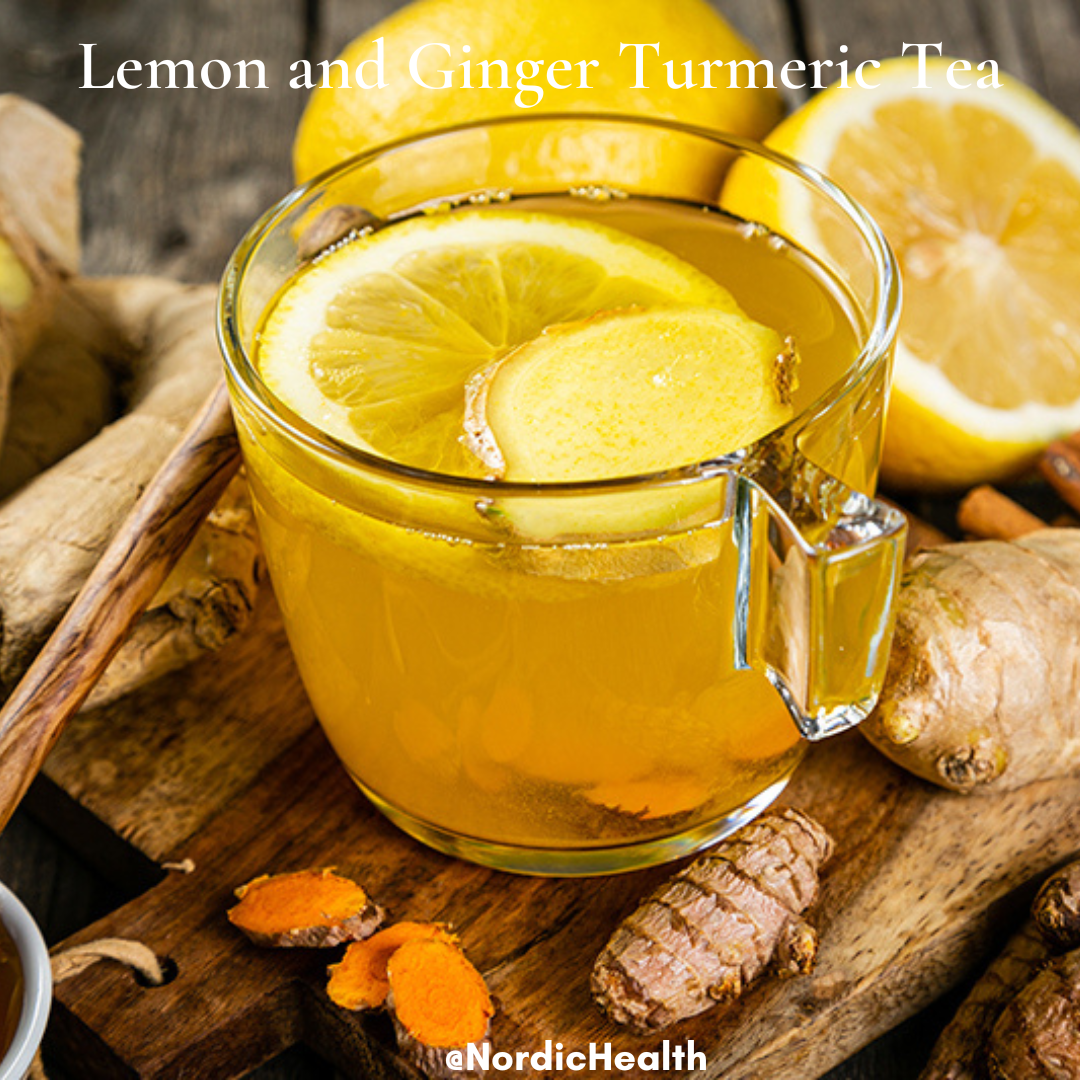

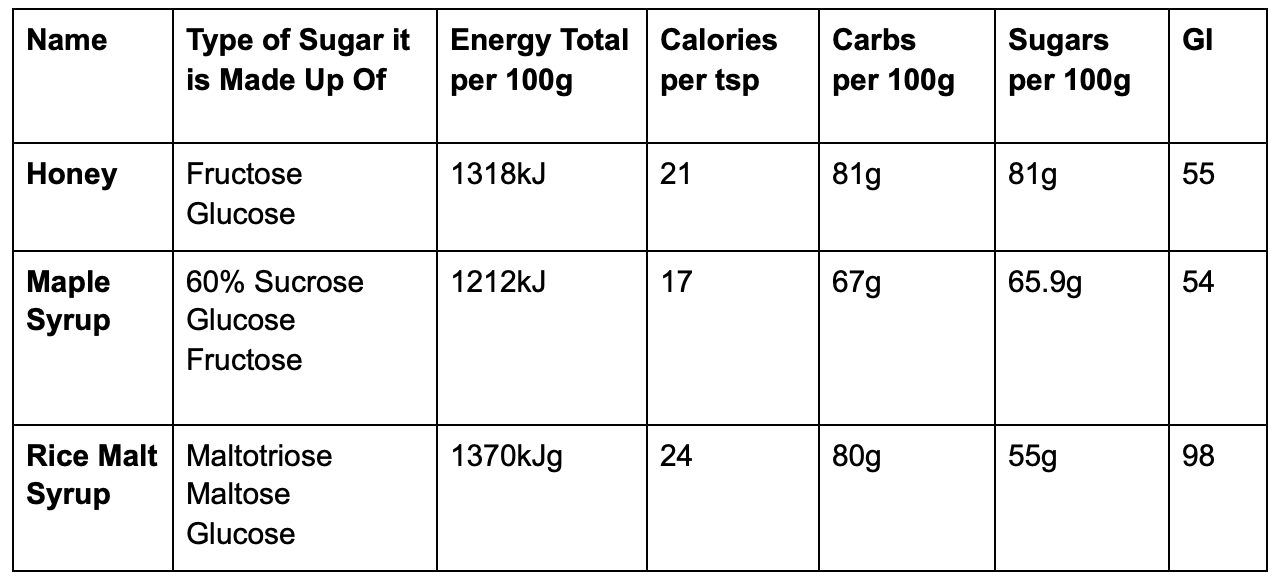

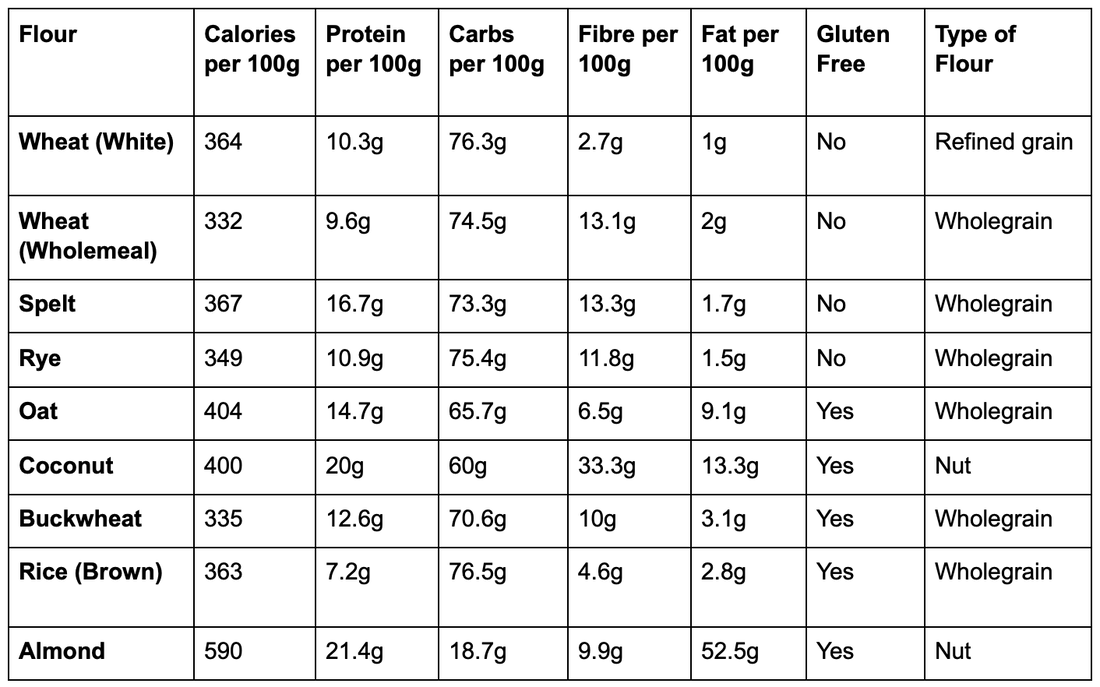

 RSS Feed
RSS Feed

